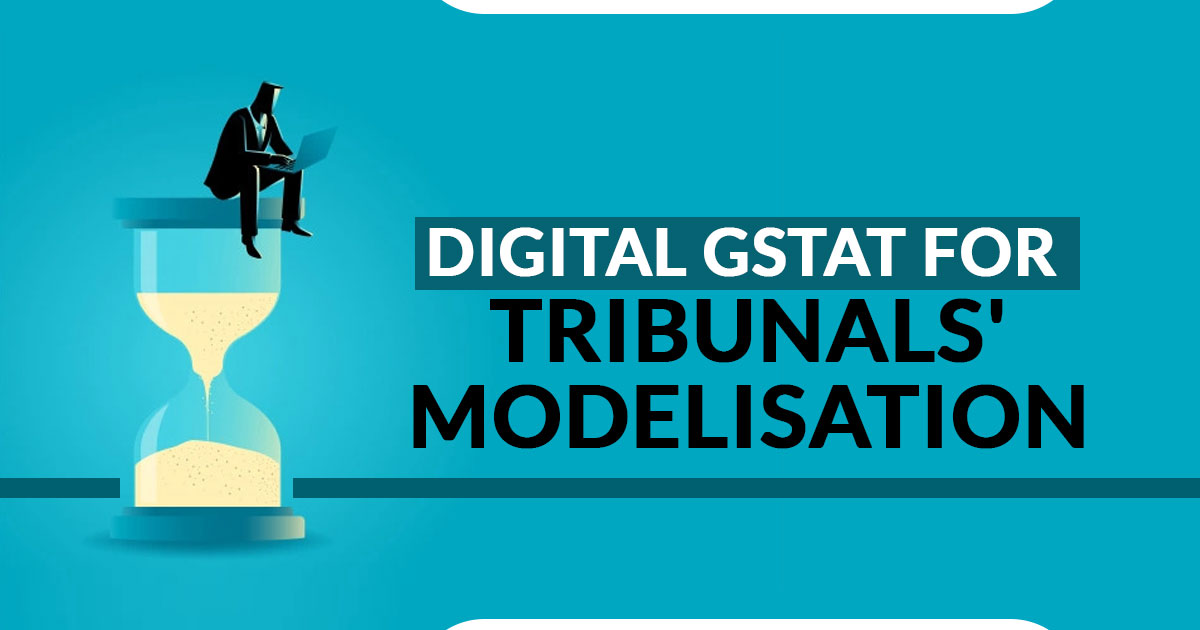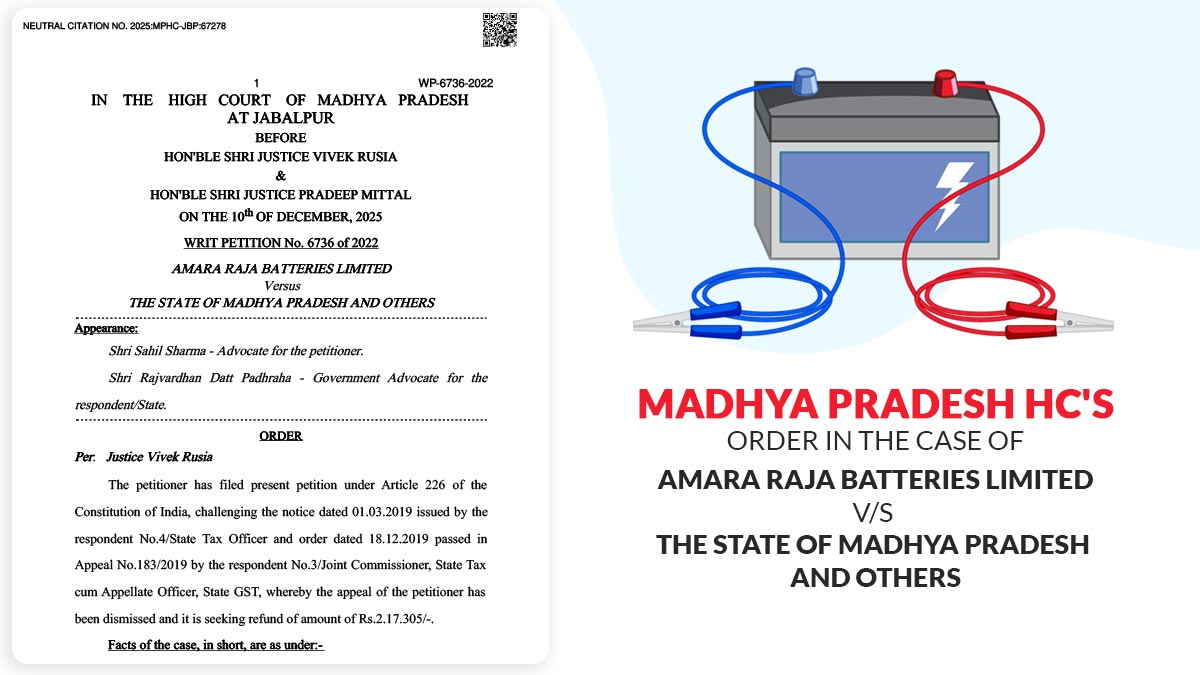
The Supreme Court has specified that the ruling party and the GST official have decided to set the GST appellate tribunal or GSTAT. GST law has been active for 4 years however the GSTAT has not come into function yet. The assessee in its absence needs to practice the writ route in high courts which leads to risk inside the tax-yielding environment.
States Centre Stuck in a Stalemate
GSTATs have been mentioned immediately after the GST act came into force, however, the procedure has been restricted provided because of the stay procured by the Madras High court. The GST appellate tribunal bench composition was the issue. It was urged that every bench of the GSTAT (Goods and Services Tax Appellate Tribunal) be composed of 3 members one is the representative of the central and state governments and the other is the individual engaged with law or judicial service.
Under the jurisprudence arises upon the same problem, in the case where the tribunals have changed the jurisdiction of the courts the bench composition must be like that the members show the executive wing should not exceed the number of members from judicial service. It is to be assured that the independence of the issue resolution body as the authority in the majority of the cases adjudicate the issues with respect to the department of the government. In the former 2 years, the central and state governments are yet to solve the same stalemate. If the lawyers could not include being acknowledged as the judicial numbers is another puzzle beneath the law in the same case.
Opportunity of Greenfield
No matter the kind of problem that can be solved out by the Central and the state government, it is essential to find out the greenfield opportunity as the GSTAT mentioned to build the digitally native, further issue resolution forum that installs the standard towards the other courts and authority in India.
Upon the platform of GSTN, the latest GSTAT must develop a live robust online system that is previously processing the bigger volume of information. It was handling 1.3 cr enrolled assessee when it was last examined who had uploaded nearly 74 cr tax returns. The GST Network has previously had workflows towards backend and assessee interactions. It is essential to note down that the GSTAT permits the digital way of carrying on the issue resolution forum to be online in a complete way.
GSTAT is the initial problem resolution forum that is enabled towards the people and the assessee which shall not come under the control of the GST council. An effective rule upon the grounds of the authority which shall function on the subsequent generation technology system is imperative to save both the rights of the assessee along with the desired GST collections of the central and state government.
Provided that the immense change that GST has drawn and doing efforts in making people follow the rules prescribed under GST. From the development of the other courts and authorities, it is essential to learn that one need not follow the same procedure.
A Model for Courts, Tribunals
GSTAT must be fully installed as an online, digitally native, next-generation bench that shall obtain the records through the GSTN post essential checks and balances. Upon the petition, either the assessee or the council must furnish the petition record digitally with references to credentials inside the GSTN records and these same records must be automatically shifted to the GSTAT. The answerable people only need to furnish their protest towards the petition.
GSTN login credentials can be practiced on the GSTAT too, permitting the notices and documents to get obtained through the parties as soon as they get furnished. These transparent and easier processes can diminish the time invested in the case and give a higher level of certainty towards the procedure. The digital GST Appellate Tribunal will have a stronger rule-based case handling platform within the dashboards towards the council and the assessee. These systems can be practiced as a model through the external bench.
Towards the assessee, the issues to reveal the records and evidence could be diminished if not get removed to the extent through moving towards the digital GSTAT. It is clear that the rule-based interactions shall furnish clarity inside the procedure and inspire trust inside the institution. The occurrence of the events and case lifecycle will diminish the cost and hurdles. From the vision of tax officials, the council lawyers will be enabled to access all the records in an easier way and show their concern excluding any delay. The tax council can also pose an immediate view of the nature, amount, and issues that will enable data-backed taxation schemes and management procedures. Effective tax compliance and a judicious tax council that these GSTAT will pose long-term socio-economic advantages.
Apart from Technology, Talent Demands to Secure a Vision
Developing these institutions is not at all enough about the technology. The team member brought from the talent pool is mutual to the other courts and authority makes them more essential. There shall also be required to invent the reimagined methods which provide the goal and practice full technology usage excluding comes under any comfort zone of the duration tested and dismissed orders. Essentially the time of transition will need to get managed within so as all the stakeholders share the mutual understanding towards the same.
The latest opportunity is there to build the dispute resolution forum right in its first attempt excluding trying to form it again over the years. The load is on the GST official to make the case to move forward.









